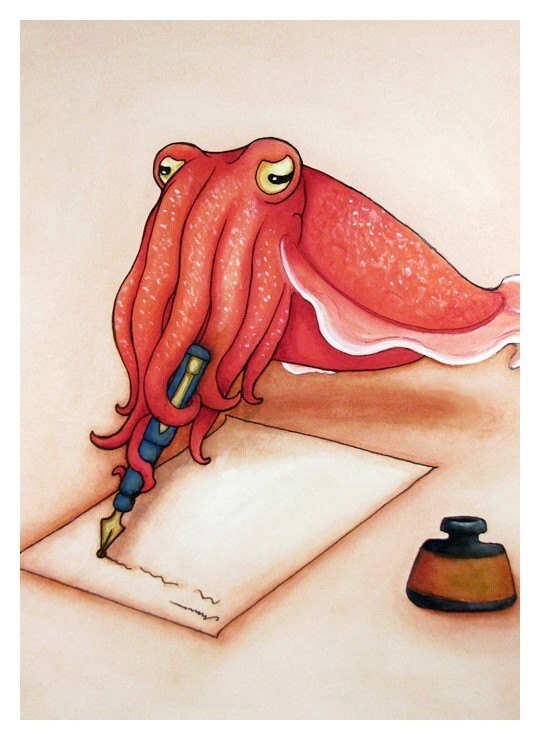Palm oil really is an amazing oil. Take a quick look around your house and you'll likely see dozens of products that contain palm oil. It may show up in anything from chocolates, cookies, crackers and other snack foods, to dish soap, detergents, and a wide variety of personal care products. Palm oil is also widely used to make bio-diesel fuel and, of course, soap. It is especially popular in vegan soaps as an alternative for animal tallow. Unfortunately, with so many industries bolstering the palm oil industry (which is largely based in Malaysia and Indonesia), many palm oil producers have resorted to unethical practices to keep up with demand, the effects of which have been devastating on the environment and wildlife in regions where palm oil are grown.
A report released by the UN illustrates just how large this industry has become: "Palm oil and palm kernel oil now make up one of the largest shares of global vegetable oil supply. Indonesia and Malaysia account for 83% of the global production of palm oil."
In this part of the world, the palm industry is largely controlled by multinational corporations with little regard for the horrific consequences of their financial pursuits. In fact, rapid expansion of palm oil plantations throughout Indonesia and Malaysia is the primary cause of rain forest loss in the region and consequently the leading cause of habitat loss for the already endangered orangutan. As palm plantations have encroached on and destroyed the orangutan's home, human and orangutan conflicts have increased, leading many plantation workers to kill orangutans on site. Other orangutans are simply starving to death as their forest home disappears. It is tragic to read about. Even more so when you know how uniquely amazing orangutans are. You can read more about them here.
What's worse is that much of the increase in demand for palm oil is being fueled by the increasing interest in using biodiesel fuels to reduce CO2 emissions. However, the grim irony is that because fire is often used to clear forests and establish palm plantations, these biofuel sources are actually doing more environmental damage than burning fossil fuels would.
With such a damning reputation, my initial response was to avoid palm oil all together... focusing instead on creating bastille type soaps at least until I could research the issue in more depth. When I finally did, what I found was a great organic, sustainable and responsible source from South America. Here is what our supplier says:
"The plants are grown in a mixed species environment with legume under story to provide nitrogen specific plants to host, and feed beneficial insects. Residue from the oil pressings is also returned to the groves to provide nutrients. The farm is in a region of the Amazon that was cleared by previous owners 30-40 years ago, and the reestablishment of a forest crop has brought back many species of birds and other plants and animals. While not as diverse as native Rain forest, it is a vast improvement over grasslands."
I am so happy to be able to use this amazing oil in Spotted Hippo Soap and to be able to say with confidence that no orangutans were injured or killed in the making of our soap :)
To find out more about the plight of the orangutan please, check out the UNEP Report: The Last Stand of the Orangutan
To learn more about these amazing, quirky animals and their culture (yes. culture), please check out this PBS show: From Orphan to King
And to find out more about the organic, sustainable palm oil used in Spotted Hippo Soap, please contact Soapers Choice

















